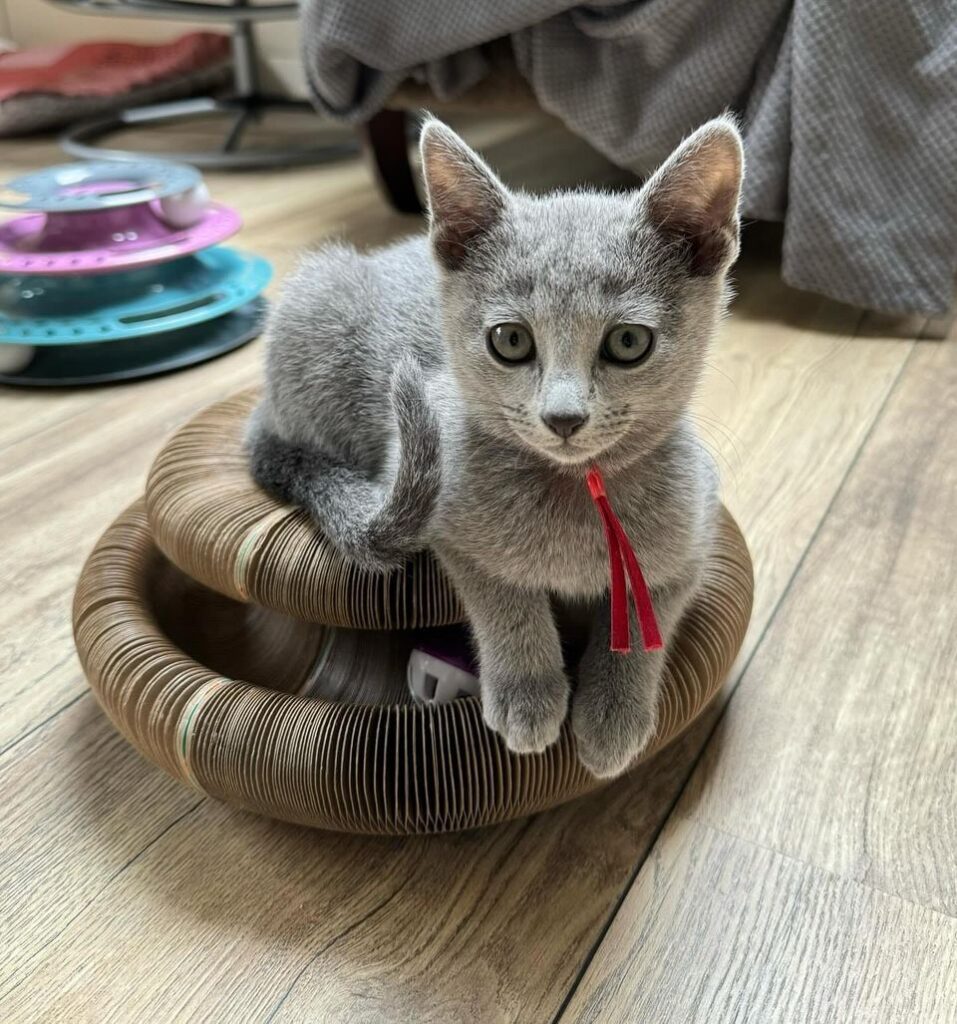Bringing home a Russian Blue kitten is a decision that blends elegance with emotional depth. Known for their shimmering coats and quiet intelligence, these cats require more than basic pet supplies they thrive in environments that respect their sensitivity and stimulate their minds. Preparing for their arrival involves a thoughtful blend of physical setup, behavioral understanding, and long-term planning that goes beyond the typical checklist.
Unlike more extroverted breeds, Russian Blues are naturally reserved and form deep bonds with their chosen humans. This means the early days at home are critical for building trust. A quiet, secure space where the kitten can retreat and observe without pressure helps ease the transition. Avoid overwhelming introductions or noisy environments, especially during the first week. Instead, allow the kitten to explore gradually, using scent and sound to acclimate before full interaction begins.
Nutrition plays a foundational role in early development. Russian Blue kittens benefit from high-protein diets that support lean muscle growth and cognitive function. Including omega-3 fatty acids, particularly DHA, enhances brain development and contributes to their famously plush coat. While many commercial kitten foods meet basic standards, choosing formulas with named animal proteins and minimal fillers provides a stronger nutritional base. Hydration is equally important, and wet food can help offset their low natural thirst drive.
Litter training is typically straightforward with this breed, thanks to their fastidious nature. However, the choice of litter and box placement matters. Unscented, fine-grain litter mimics natural textures and reduces rejection. Placing the box in a low-traffic area with easy access ensures the kitten feels safe using it. Regular cleaning reinforces their preference for cleanliness and prevents behavioral issues later on.
Socialization should be approached with nuance. Russian Blues are not antisocial, but they are selective. Early exposure to gentle handling, varied sounds, and different textures builds resilience without compromising their cautious temperament. Interactive play using feather wands or puzzle toys encourages bonding and mental stimulation. These cats are problem-solvers, and engaging their intellect from a young age prevents boredom and fosters confidence.
Veterinary care must begin early. A wellness check within the first few days confirms health status and sets the stage for vaccinations and parasite prevention. Discussing breed-specific concerns, such as dental health and potential sensitivities, allows for proactive care. Russian Blues are generally robust, but their quiet nature can mask discomfort, making regular checkups essential.
Grooming needs are minimal but not negligible. Their short, dense coat benefits from weekly brushing to remove loose fur and distribute natural oils. This ritual also reinforces trust and provides an opportunity to check for skin issues or abnormalities. Nail trimming, ear cleaning, and dental hygiene should be introduced gradually, using positive reinforcement to build tolerance.
Emotional well-being is often overlooked in kitten preparation. Russian Blues crave routine and predictability. Establishing feeding times, play sessions, and quiet hours creates a rhythm that reduces anxiety. They may not demand attention, but they notice everything. Respecting their boundaries while offering consistent affection builds a relationship rooted in mutual understanding.
Adopting a Russian Blue kitten is not just about acquiring a pet it’s about welcoming a sentient, emotionally complex companion. Their loyalty runs deep, and their intelligence demands engagement. Preparing for their arrival with intention and insight transforms the experience from a transaction into a lifelong bond. This breed rewards those who invest in its subtleties, offering companionship that is as profound as it is graceful.
Related Cat Breeds:

